
Graphic Design trends for 2024
Graphic design trends in 2024 are shaped by the fusion of technology, culture, and creativity. Here are the top trends to watch out for in the coming year:
1. AI-Generated Art
- AI Integration: As AI tools like DALL·E and MidJourney continue to improve, designers are using AI-generated imagery to enhance their projects. This trend blends human creativity with machine-generated patterns, offering unique designs that can be customized and fine-tuned.
- AI-Assisted Design: AI tools are also being used for streamlining workflows, generating design templates, and optimizing layouts, allowing designers to focus on the creative aspects.
2. Retro-Futurism
- 80s and 90s Aesthetic: Bright neon colors, pixel art, vaporwave designs, and cyberpunk themes are making a strong comeback. This nostalgic yet futuristic style blends digital past with modern tech, giving designs a sense of familiarity with a futuristic twist.
- Futuristic Typography: Bold, futuristic fonts combined with retro elements like pixelation or glitch effects are becoming popular.
3. Minimalism with a Twist
- Maximal Minimalism: Minimalist designs remain popular, but with a more vibrant approach. Simple layouts and clean typography are combined with bold color choices, larger-than-life elements, and playful typography to create impact while maintaining simplicity.
- Whitespace and Bold Typography: The use of whitespace is exaggerated in 2024, allowing bold typography to stand out and deliver clear, powerful messages.
4. 3D and Immersive Design
- 3D Elements: Designers are increasingly integrating 3D into web design, product design, and branding. Whether it’s photorealistic objects or abstract shapes, 3D graphics add depth and realism to designs.
- Immersive Experiences: With the rise of AR (Augmented Reality) and VR (Virtual Reality), designers are focusing on creating immersive experiences that can interact with users in real-time, especially for web and mobile apps.
5. Abstract and Asymmetrical Layouts
- Breaking the Grid: Asymmetrical layouts are gaining popularity as they break the traditional grid structure. These designs offer a more dynamic and creative approach to storytelling, drawing the viewer’s eye to unexpected parts of the design.
- Abstract Forms: Abstract shapes, fluid lines, and organic patterns are being used to bring a sense of unpredictability and creativity to digital and print designs.
6. Bold Gradients and Color Transitions
- Color Trends: Gradients continue to evolve in 2024, with smoother transitions and experimental combinations of vibrant and muted tones. Gradients are often used as backgrounds, overlays, or even within typography for a more dynamic visual appeal.
- Duotone Gradients: Duotone color schemes, where two contrasting colors blend smoothly, are making a comeback. They add depth and personality, especially in branding and digital media.
7. Mixed Media Collages
- Digital and Traditional Mix: The combination of hand-drawn elements, photography, and digital graphics is on the rise. Collage designs blend various textures and materials to create visually rich, layered compositions.
- Vintage Aesthetic: Cut-out style collages with vintage photography, mixed with modern typography and design elements, add a touch of nostalgia while staying fresh and contemporary.
8. Eco-Friendly and Sustainable Design
- Nature-Inspired Visuals: With an increasing focus on sustainability, nature-inspired design elements like earthy color palettes, plant motifs, and organic textures are prevalent. Graphic design is reflecting the environmental consciousness of brands and consumers.
- Sustainable Packaging: Eco-conscious design extends to packaging, where biodegradable materials and minimalist designs are used to reduce waste while maintaining aesthetic appeal.
9. Bold Typography and Type-Only Designs
- Big, Bold Fonts: Typography is becoming the centerpiece of many designs in 2024. Oversized, bold fonts are being used to make strong statements, with or without accompanying imagery.
- Experimental Typography: Custom fonts, warped text, and playful letter placements are on the rise. These type-only designs rely on creative typography to engage viewers and convey messages uniquely.
10. Motion Graphics and Animation
- Animated Logos: More brands are adopting animated logos that bring motion to their identity, creating a dynamic and memorable experience for users, especially in digital platforms.
- Scroll-Triggered Animations: Websites and apps increasingly use scroll-triggered animations and micro-interactions to engage users, creating a more immersive and interactive user experience.
11. Neumorphism 2.0
- Subtle 3D Effects: Neumorphism, the soft 3D effect created by using subtle shadows and highlights, continues to evolve. The trend is becoming more refined, with designers opting for softer, more subtle effects, often in combination with flat design elements.
- Buttons and Icons: Neumorphism is being used for interface elements like buttons, toggles, and icons, creating a tactile, modern look that bridges the gap between flat and 3D design.
12. AI-Driven Personalization
- Dynamic Design: With advancements in AI and machine learning, designers are incorporating dynamic elements that change based on user interaction or data. Personalized experiences, from websites to digital ads, are a major trend.
- Data-Driven Visuals: Infographics, data visualizations, and interactive charts are increasingly designed with AI tools to provide real-time information that adapts to user input.
13. Maximalism
- Color Explosion: Maximalism, the opposite of minimalism, embraces rich color palettes, complex patterns, and layered compositions. It’s all about being bold and creating a sensory overload in a visually cohesive way.
- Pattern Clash: Expect to see more designers experiment with clashing patterns, bold illustrations, and vivid color schemes to create striking visuals.
14. Geometric Shapes and Patterns
- Geometric Art: Simple geometric shapes are making a comeback in both web and print designs. These elements provide structure and order, often used in combination with bold colors or minimalist designs.
- Pattern Play: Designers are experimenting with repeating geometric patterns, adding layers of complexity to create interesting visual effects.
15. Augmented Reality (AR) in Design
- Interactive Packaging: Brands are using AR to create interactive packaging designs where customers can scan a product to unlock additional content, such as videos, games, or instructions.
- AR Filters and Campaigns: Social media filters and marketing campaigns that use augmented reality elements are becoming more common, allowing brands to create immersive experiences that engage users directly through their smartphones.
Conclusion
In 2024, graphic design is pushing boundaries with the fusion of futuristic technology like AI, AR, and 3D, while also paying homage to retro aesthetics and sustainability. Designers are embracing bold colors, experimental typography, and immersive experiences to create engaging and visually stunning work.
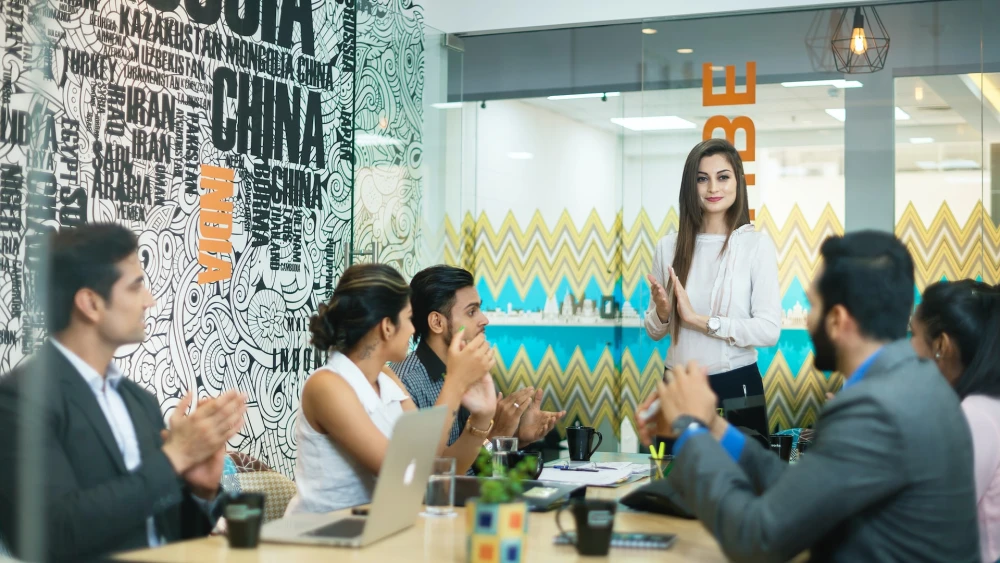

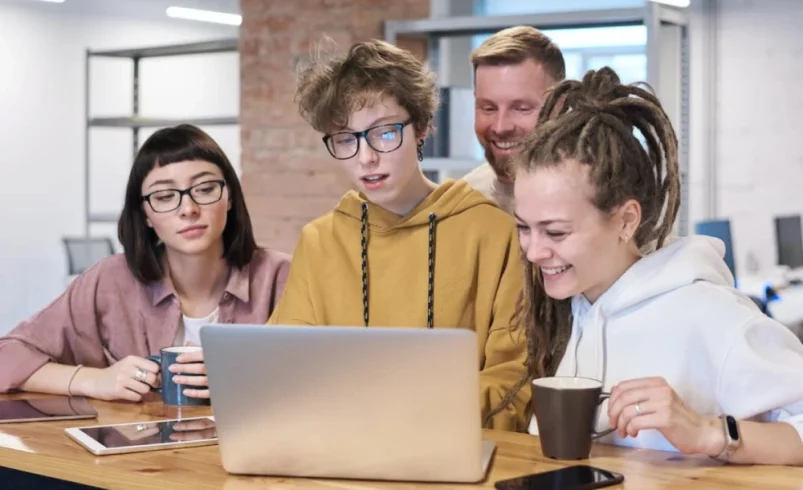
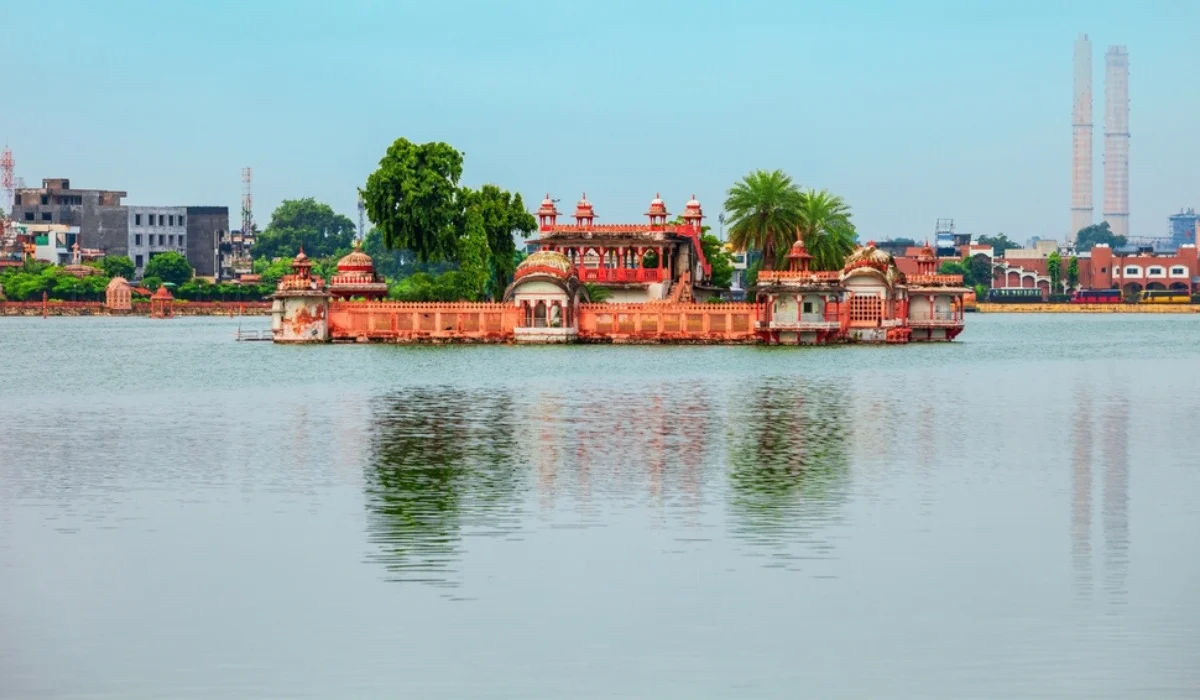
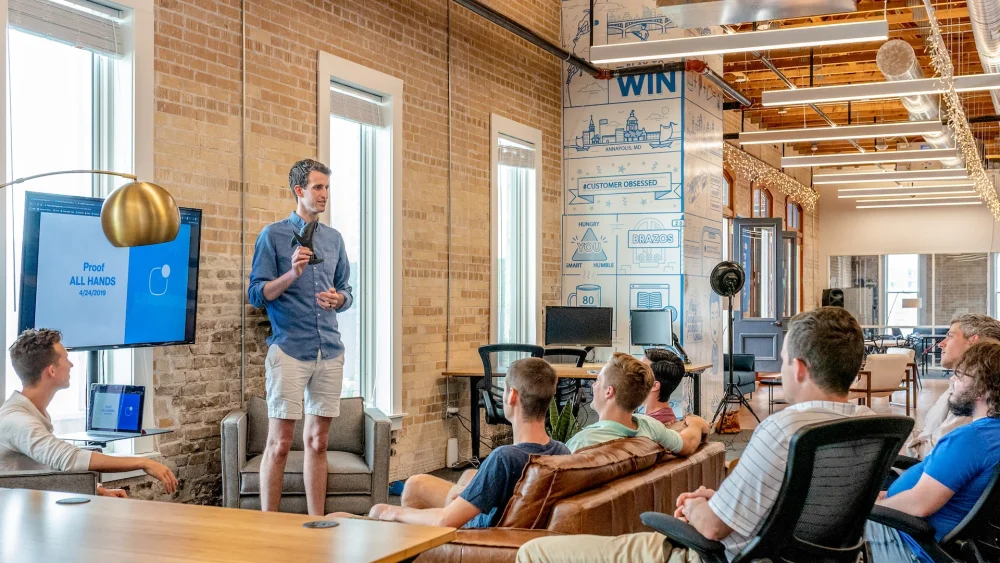
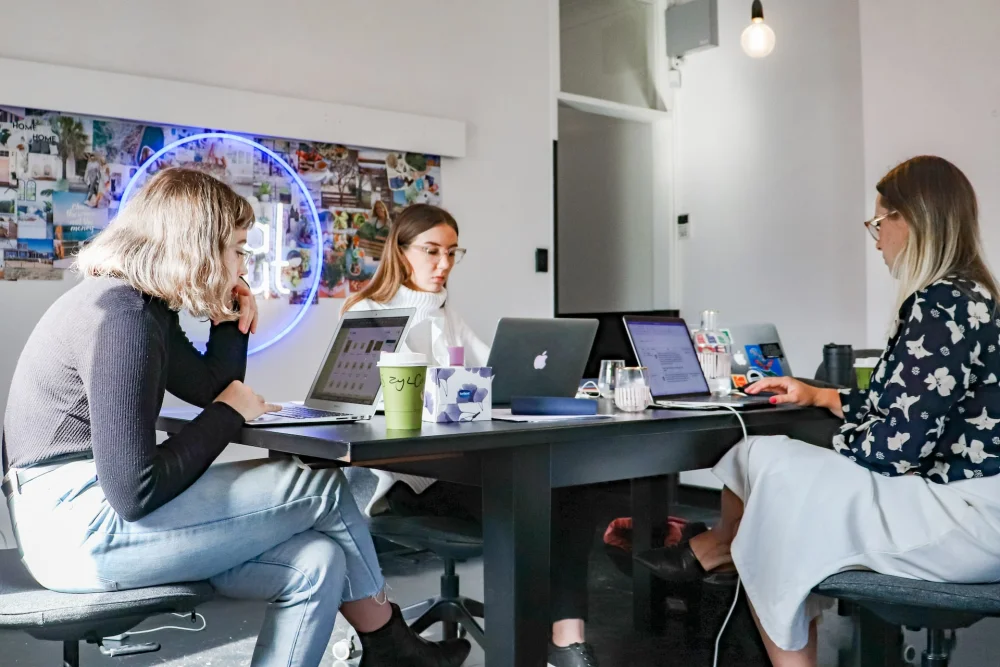
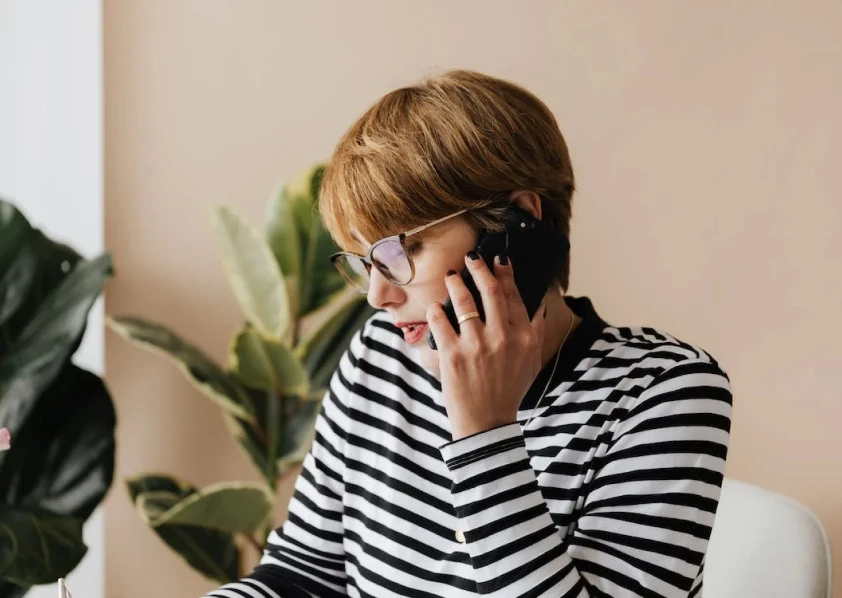
1 Comment
Hi, this is a comment.
To get started with moderating, editing, and deleting comments, please visit the Comments screen in the dashboard.
Commenter avatars come from Gravatar.